Beginner Golfer? Start Smart, Not Spend Big!
Muhe - Tuesday, 22 July 2025 | 12:30 AM (WIB)
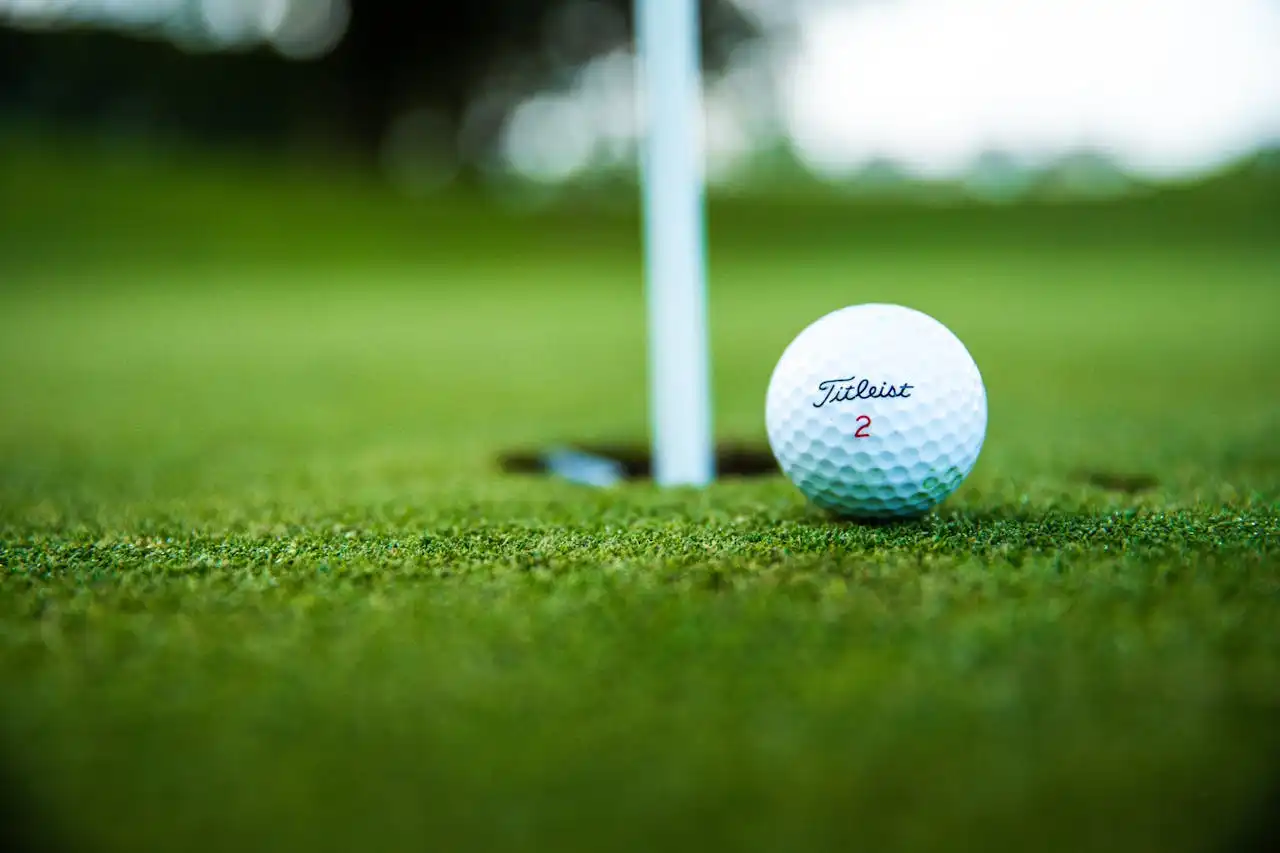

1. The Starter Set of Golf Clubs: Less is More!
Let's be real, the temptation to mimic your favorite pros with their full arsenal of 14 specialized clubs is strong. Resist it! For a beginner, a full set is not only overkill but can actually be counterproductive. You'll spend more time figuring out which club to use than actually practicing your swing. What you need is a modest, forgiving starter set. Think of it as your first bicycle – stable, easy to ride, and not designed for speed records. A typical beginner set usually includes a driver (for those exhilarating long shots off the tee), maybe a 3-wood or a hybrid (for versatility), a handful of irons (like a 6-iron, 7-iron, 9-iron), a pitching wedge (for those crucial shots near the green), and of course, a putter (because that's where the real magic, or heartbreak, happens). These "game improvement" clubs are designed with larger sweet spots and perimeter weighting to make them more forgiving on off-center hits. Translation? Your mishits won't feel quite as soul-crushing. You can find excellent boxed sets from reputable brands that are specifically tailored for newcomers, often at a fraction of the cost of individual clubs. Your local second-hand sports store or online marketplace can also be a goldmine for gently used sets. Remember, you're learning the swing and the feel, not aiming for the Masters just yet.2. Golf Balls: Prepare for Liftoff (and Loss)!
Ah, golf balls. The humble little white spheres that are simultaneously your best friend and your most frustrating adversary. Here's the blunt truth: you are going to lose golf balls. A lot of them. It's a rite of passage for every beginner. They'll disappear into ponds, vanish into thick rough, or simply achieve orbit (in your mind, anyway). Given this inevitable reality, do not, I repeat, DO NOT, go out and buy a dozen premium, multi-layer, spin-optimized balls. Those beauties are for the pros who can land them on a dime. You’re more likely to land them in a different zip code. Your best bet? Look for "practice balls," "recycled balls," or "refurbished balls." Many golf courses sell used balls in bulk, often categorized by quality. A bag of 50 range balls or Grade B recycled balls will cost you a fraction of a new dozen and will serve your purpose perfectly. They're designed to take a beating, and you won't feel a pang of guilt (or financial pain) when one disappears into the wilderness. The mental freedom of not worrying about losing an expensive ball allows you to focus on your swing, which is truly priceless.3. Golf Tees: The Unsung Heroes
Often overlooked, frequently misplaced, but absolutely essential for a proper start to most holes: the golf tee. This tiny, unassuming piece of equipment is your launchpad for the driver and sometimes for irons on par-3 holes. While you might be tempted to think "a tee is a tee," there are nuances, even for beginners. For starters, wooden tees are your reliable, inexpensive friend. They break, sure, but they’re biodegradable and readily available in huge quantities for next to nothing. You'll need different lengths – longer tees for your driver (typically 2 ¾ to 3 ¼ inches) to get the ball teed up high enough, and shorter ones for irons on par-3s if you choose to use them. While there are fancy plastic or brush tees promising less friction, save those for later. For now, a big bag of simple wooden tees will do the trick. Always keep a generous handful in your pocket; they have a mysterious way of vanishing the moment you need one most.4. A Lightweight Golf Bag: Your Mobile Command Center
Once you've got your essential clubs, a decent stash of balls, and a pocket full of tees, you'll need something to carry it all. Enter the golf bag. For beginners, a heavy, bulky cart bag is simply overkill. Unless you plan on always riding in a golf cart (which, while fun, deprives you of some great exercise), a lightweight stand bag is your undisputed champion. A good stand bag is designed to be carried comfortably on your shoulders, featuring dual straps that distribute the weight evenly. It also comes with retractable legs that pop out, allowing the bag to stand upright when you set it down. Look for one with enough dividers to keep your limited clubs organized and a few accessible pockets for balls, tees, a water bottle, and maybe a snack. You don't need a bag with a cooler pocket or a dozen specialized compartments right now. Simplicity and portability are your watchwords here. Plus, there’s something genuinely satisfying about shouldering your own gear as you stride down the fairway.5. A Golf Glove: Grip It and Rip It (Comfortably)!
This might not be the first thing that springs to mind, but a golf glove is an absolute game-changer for beginners, and for good reason. It’s not just about looking the part; it's about performance and comfort. For right-handed golfers, the glove goes on your left hand (and vice versa for lefties). Why? Firstly, it significantly improves your grip. The glove provides a tacky surface, allowing you to hold the club firmly without needing to squeeze it too tightly. This relaxed grip is crucial for developing a fluid swing. Secondly, and perhaps even more importantly for newcomers, it prevents blisters. When you’re practicing your swing repeatedly, friction against the club can lead to painful blisters, which are a surefire way to put a damper on your enthusiasm. Golf gloves come in various materials – leather for a premium feel and better feedback, or synthetic for durability and affordability. For a beginner, a good quality synthetic glove is usually more than adequate. Make sure it fits snugly, like a second skin, without being too tight or having excess material bunching up. It’s a small investment that pays huge dividends in comfort and confidence.Stepping Onto the Green
There you have it: the foundational five pieces of equipment to kickstart your golf journey. You’ll notice I didn't include specific golf shoes or fancy attire as "essential equipment." While proper golf shoes with good grip and comfortable, appropriate clothing are definitely recommended for comfort and safety, they aren’t strictly necessary to *start* hitting balls. A pair of comfortable trainers with decent tread and relaxed casual wear will suffice for your initial range sessions or casual rounds. Golf is a sport that rewards patience, persistence, and a good sense of humor. Don't let the vast array of equipment or the seemingly complex rules intimidate you. Focus on these essentials, get out there, and start swinging. The fairways are calling, and your adventure has just begun. See you on the green!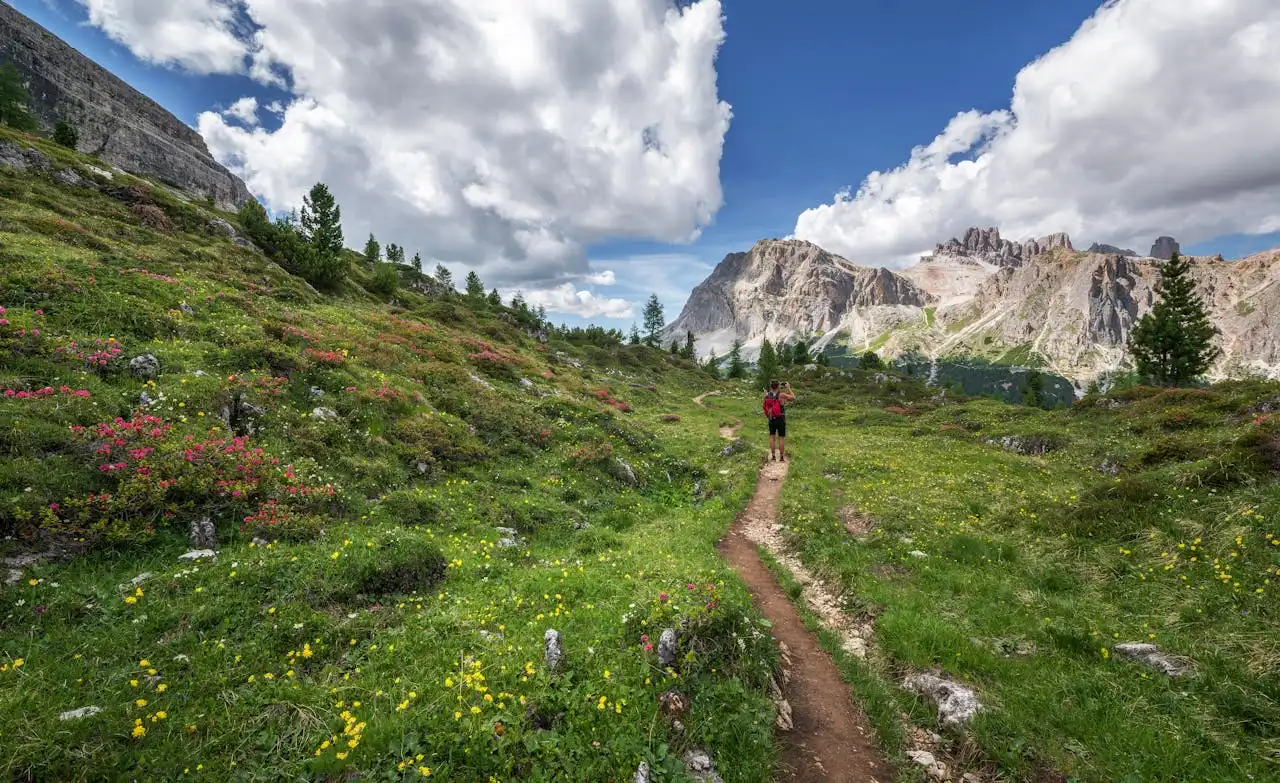
Unleashing the Wild: A Deep Dive into the UTMB World Series
2 months ago

Marc Márquez Imbattibile: Hungary Dominance and a Preamble to the Title
2 months ago
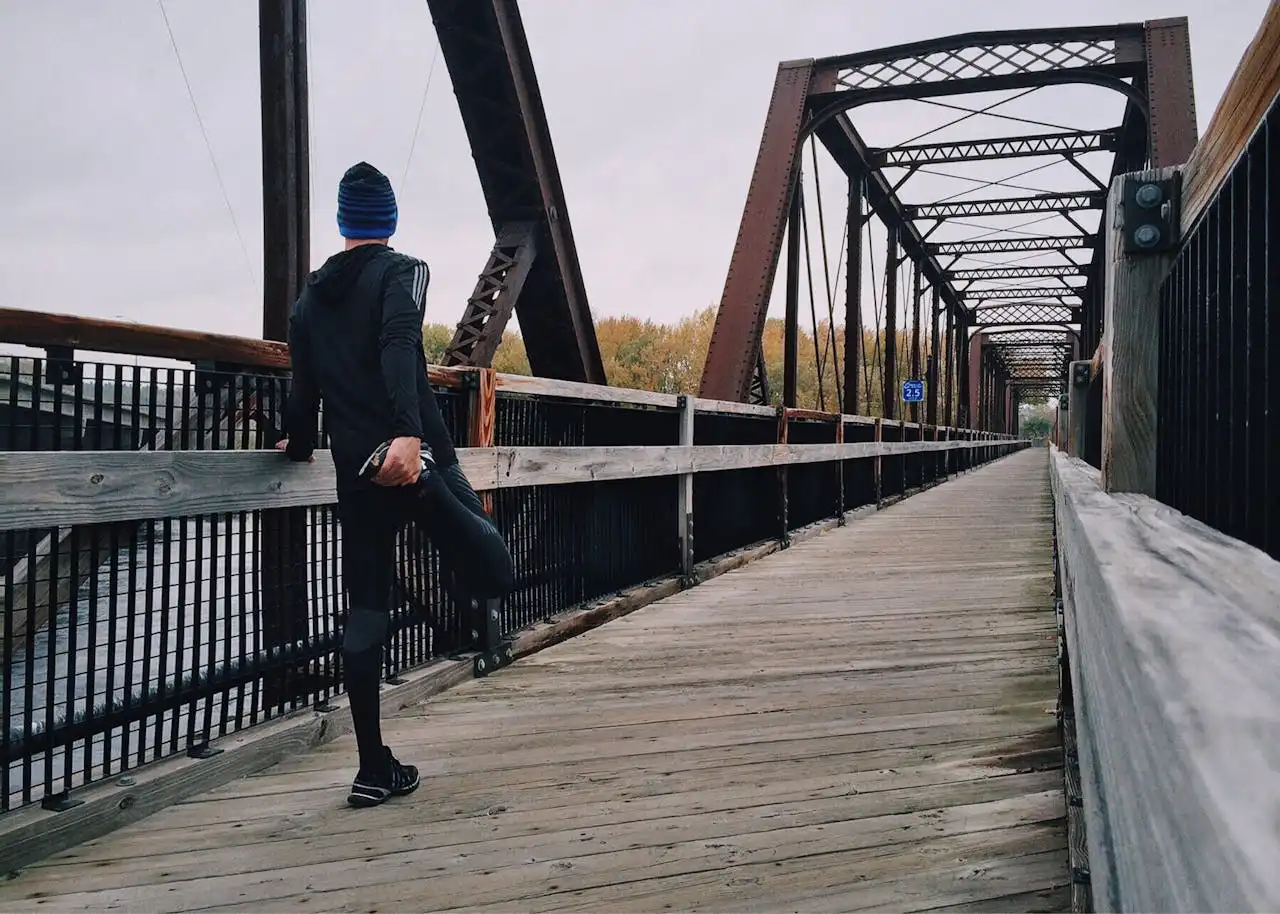
Dump the Gym Membership: Your Guide to Feeling and Slimming Down, No Fancy High-Tech Equipment Required!
2 months ago
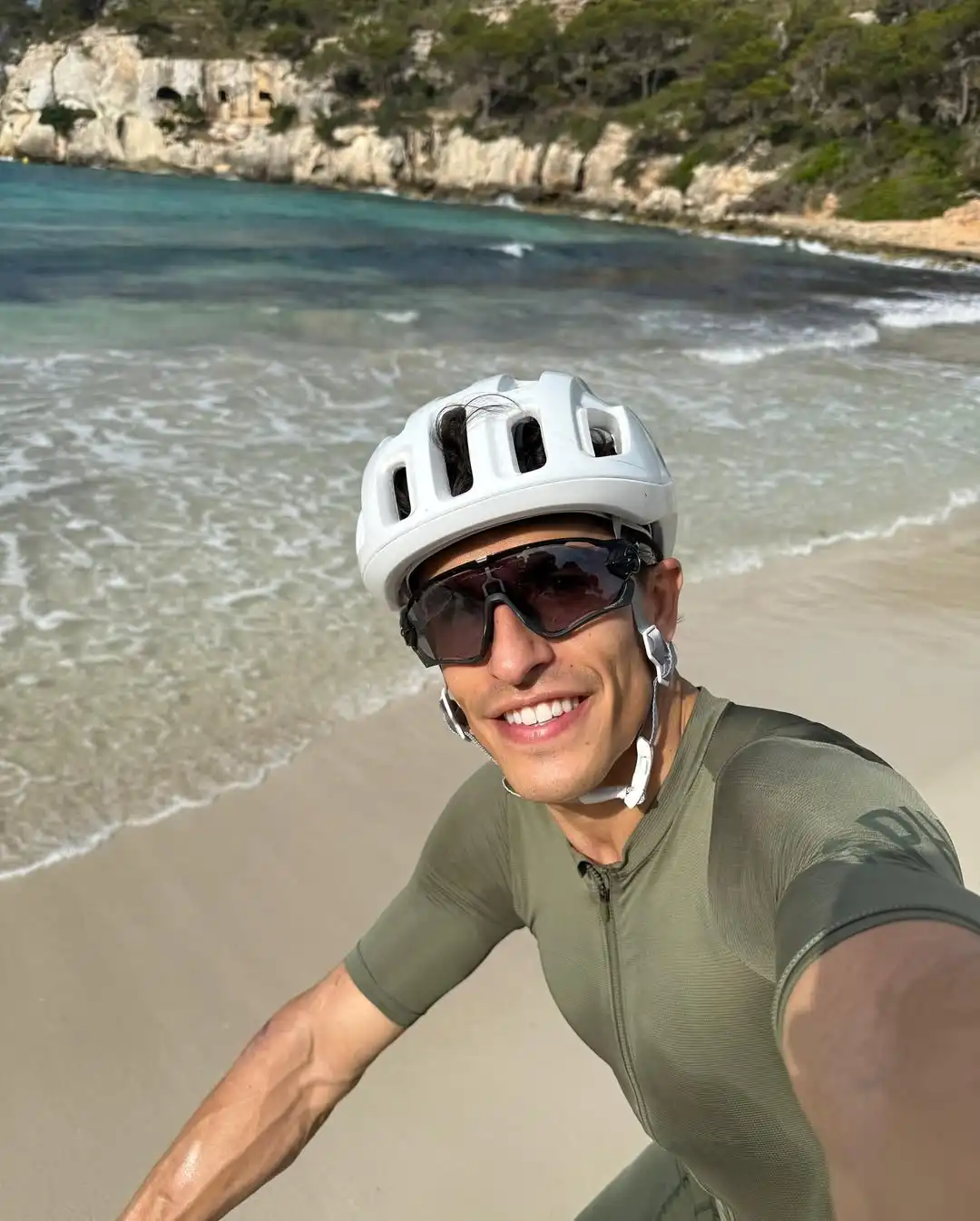
The Uncharted Frontier: Marc Marquez's Pursuit of Overcoming MotoGP's Last Frontiers
2 months ago

When Rivals Become Relatives (Of Sorts): Rossi and Stoner's Unexpected Chill-Out Session
3 months ago

The Unsung Hero of Marathon Training: Why Consistent Long Runs Are Your Secret Weapon
3 months ago
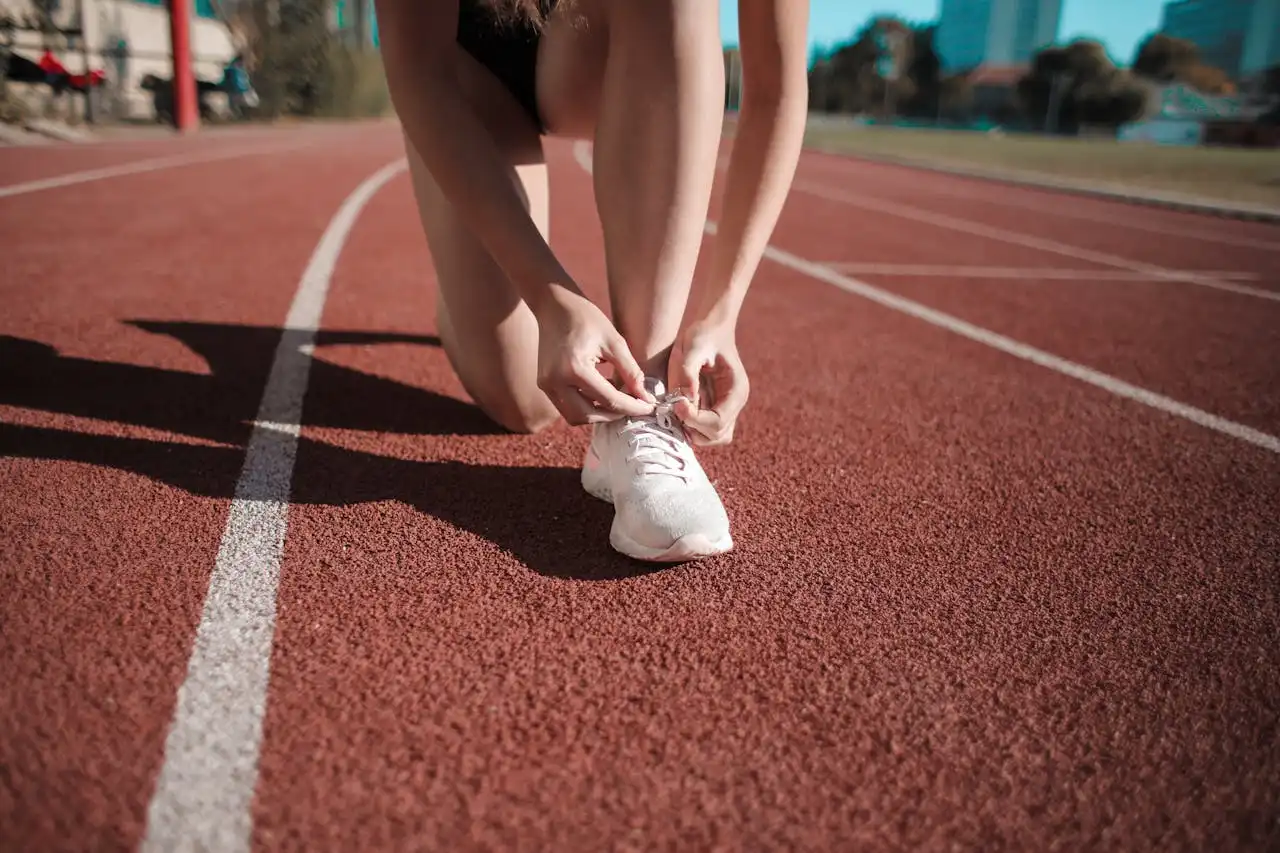
The Carbon Conundrum: Why Your Super Shoes Shouldn't Be Your Daily Drivers
3 months ago
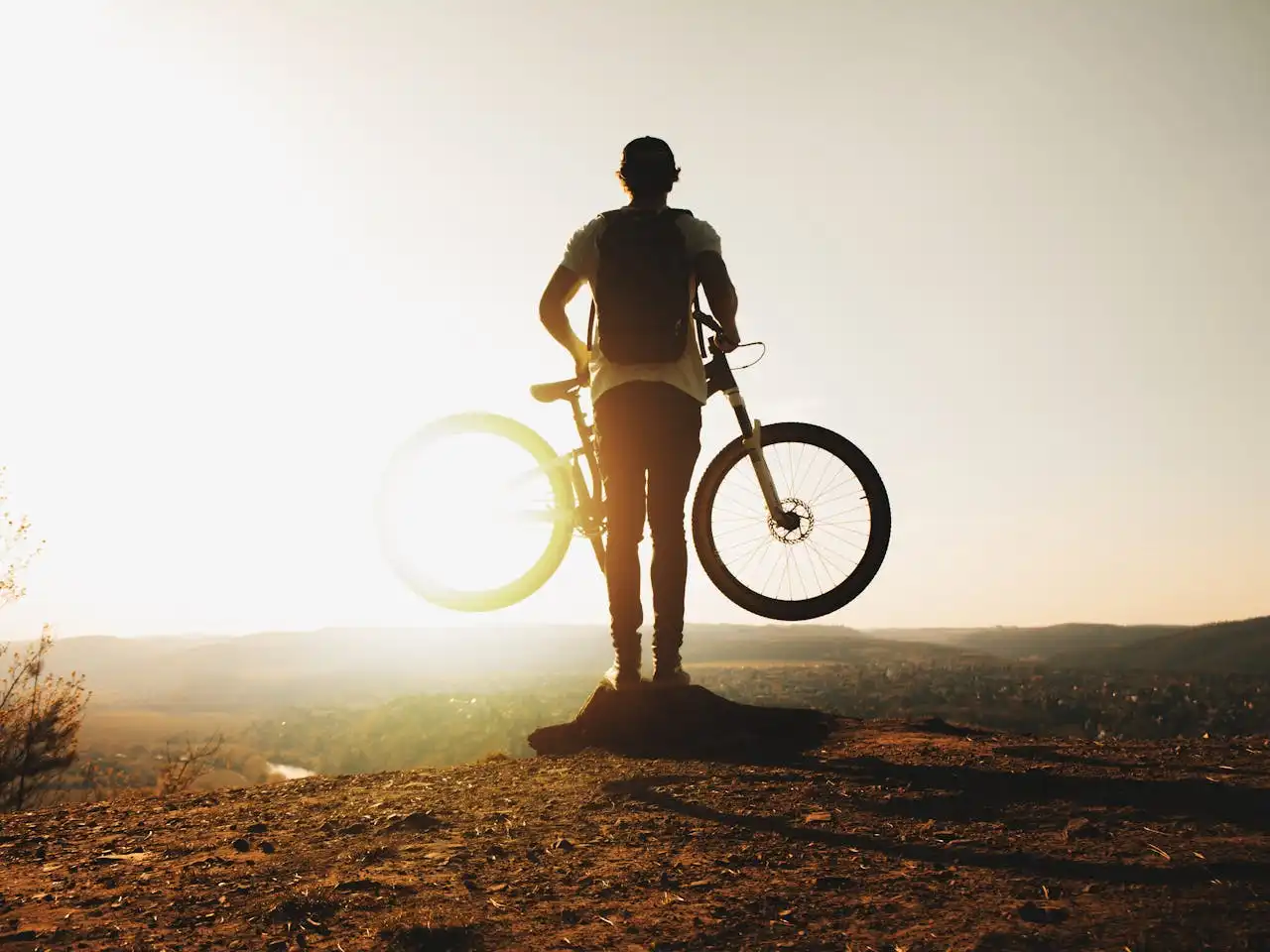
Uncovering the World's Most Prestigious Cycling Races: From Grand Tours to Monumental Classics
3 months ago

The Rise of Ben Shelton: From NCAA Champion to ATP Masters Winner
3 months ago
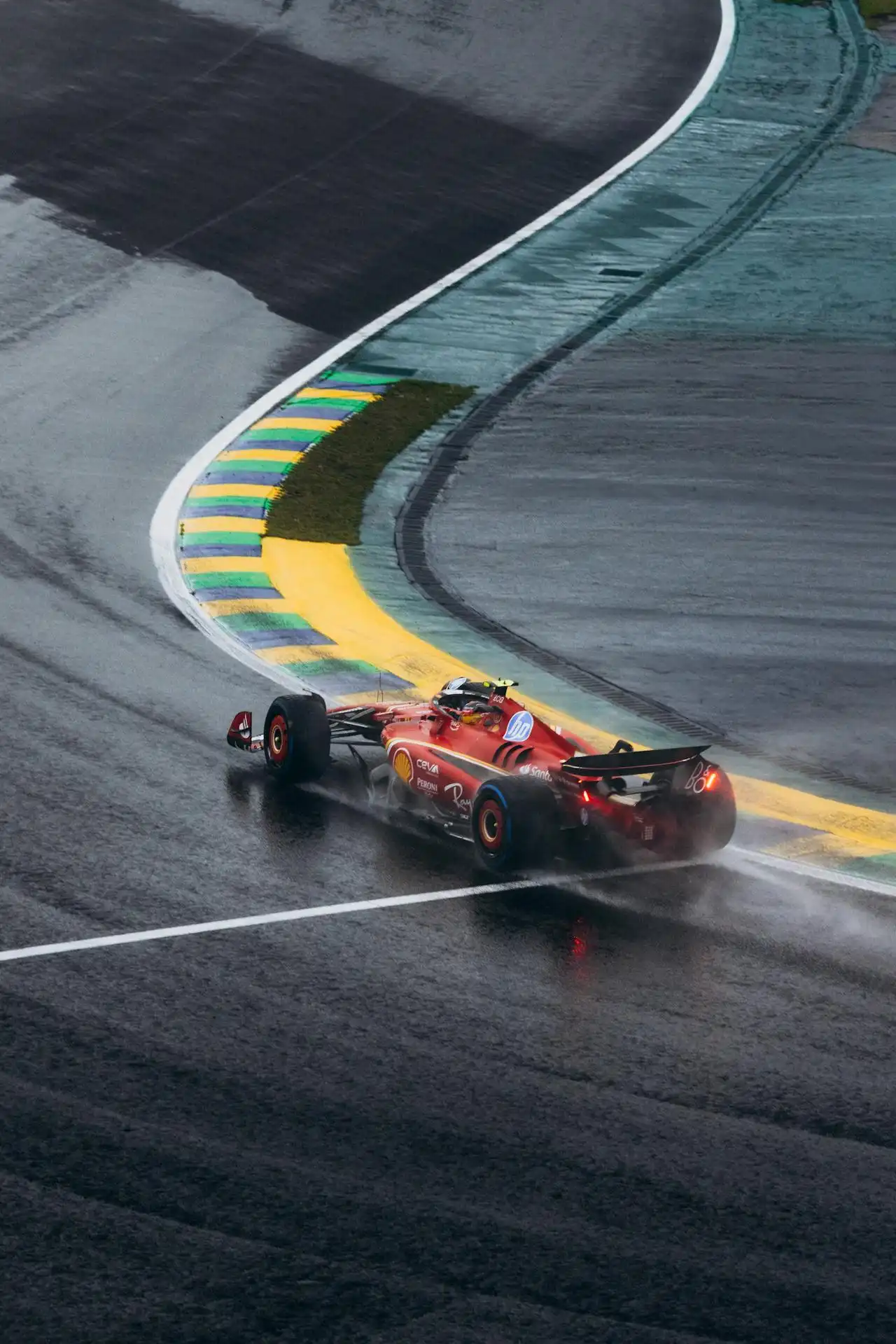
A Champion's Whispers: Mika Hakkinen's Unvarnished Advice to Lewis Hamilton and Ferrari
3 months ago
